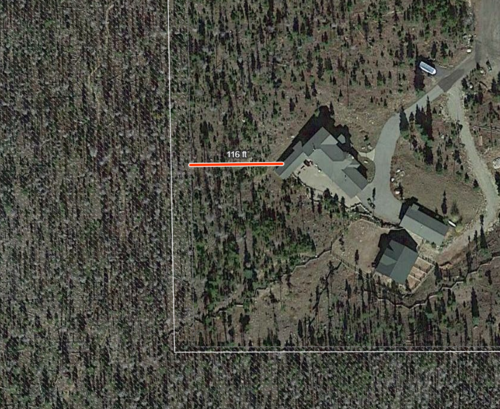PrairieHunter
Well-known member
Guess in some cases chainsaws will be allowed in wilderness.
https://durangoherald.com/articles/...KTSVSYp0x5R9tpC-PMCcoE7uZQrV14sr3yxWNby2KTUl0
https://durangoherald.com/articles/...KTSVSYp0x5R9tpC-PMCcoE7uZQrV14sr3yxWNby2KTUl0
Last edited:






